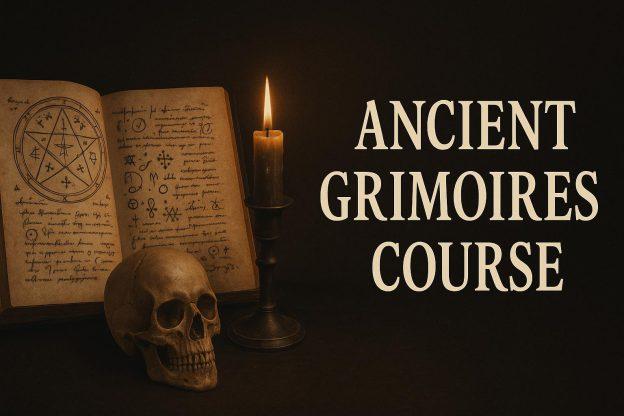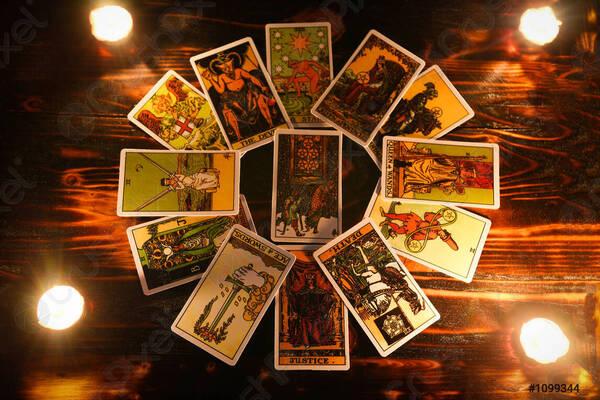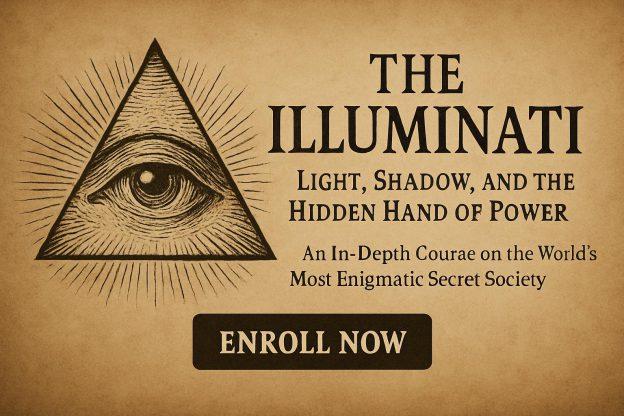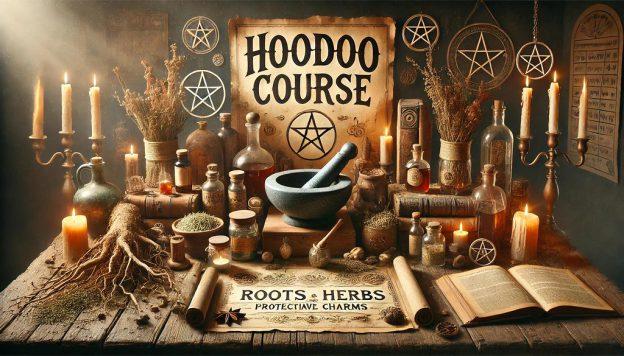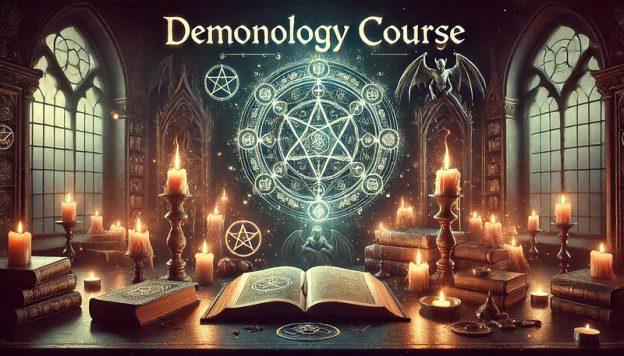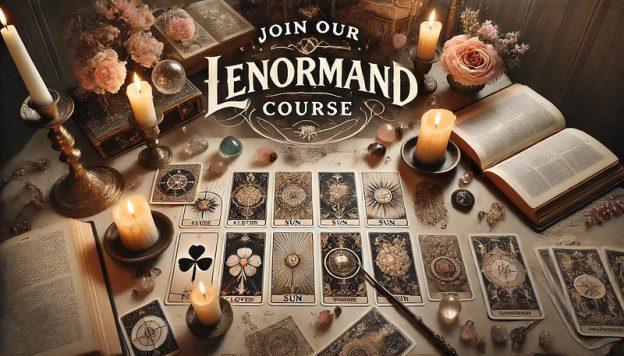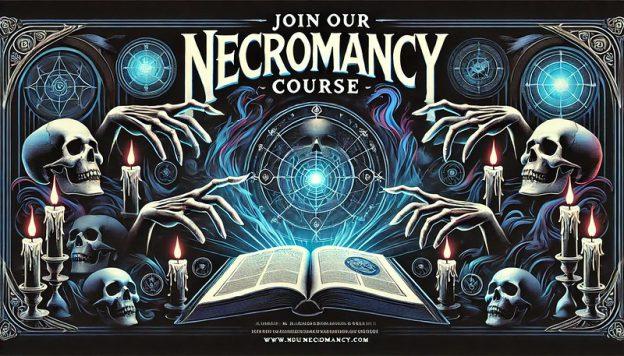THE CONJURING: THE FINAL RITE OF FEAR

True Story or Carefully Crafted Legend?
“Based on a true story.”
The familiar tagline returns — yet this time it marks the end of a cinematic dynasty.
The much-anticipated film The Conjuring: The Last Rites closes one of horror cinema’s most successful sagas. Like the earlier instalments, it draws inspiration from the case files of Ed and Lorraine Warren, America’s most famous demonologists.
This final chapter focuses on the Smurl family haunting, one of the Warrens’ most controversial cases — a tale that still divides believers and sceptics nearly fifty years later.
The Smurl Haunting: Terror in Pennsylvania
In 1976, the Smurl family — a devout Catholic household from Pennsylvania — moved into what appeared to be a peaceful suburban home. For nearly a decade, life was ordinary. Then, one evening, a lamp fell inexplicably on one of the daughters.
From that moment, the atmosphere darkened.
Over the following years, the Smurls reported inexplicable odours, violent noises, and poltergeist activity. Objects vanished or were hurled across rooms. Their dog was allegedly flung against a wall, and several family members claimed they were attacked by an invisible force.
When local clergy failed to help, the desperate family contacted the media — drawing the attention of Ed and Lorraine Warren, the self-taught paranormal investigators already renowned for their work on other infamous hauntings, such as the Amityville case and the Annabelle doll.
“We encountered multiple spirits and a malevolent demonic presence,”
— Ed Warren, case notes, 1986.
Despite the Warrens’ involvement, no independent witnesses ever verified the phenomena. The case became a spectacle, amplified by talk shows and newspaper columns across the United States.
From Exorcism to Bestseller
A period of exorcisms, prayers, and media frenzy followed. When relief failed to come, the family collaborated with the Warrens to publish The Haunted (1986), detailing their ordeal.
Although the Smurls later claimed the house was eventually cleansed by a priest, matriarch Janet Smurl continued to hear whispers and see shadows long after the supposed deliverance.
By 1988, the family moved away. The next tenant reported no unusual experiences — a detail often cited by sceptics.
The Cinematic Retelling
Nearly four decades later, The Conjuring: The Last Rites revisits the Smurl haunting with a fresh emotional focus.
“This isn’t a documentary,” actor Patrick Wilson (Ed Warren) told Entertainment Weekly.
“We focused on how such a haunting shatters a family. That’s where the true horror lies.”
Producer Peter Safran added that the story’s extensive press record made it ideal for adaptation: “It’s one of those cases everyone has read about — perfect for film.”
Director James Wan confirmed that Last Rites will mark a deliberate and dignified end to the franchise:
“We’re not making twenty films just to drain the magic. We’re ending with a bang while the fans still care.”
Echoes Beyond the Screen
The Warrens’ legacy continues to fascinate long after their deaths. Their personal collection of cursed artefacts — including the real Annabelle doll — remains locked away in the Warren Occult Museum in Connecticut, a destination long closed to the public.
In early 2025, the doll was temporarily loaned to paranormal researcher Dan Rivera, who died unexpectedly during a hotel tour shortly thereafter. The cause remains undisclosed, but speculation thrives on paranormal forums.
Recently, comedian Matt Rife purchased the Warrens’ former home and the adjacent museum, with plans to reopen the collection under stricter safety protocols — a move that has reignited public curiosity about the Warrens’ demonological investigations.
Truth, Faith, and Fiction
Though marketed as “based on true events,” The Conjuring films occupy a liminal space between folklore and faith, documentary and drama.
The Smurl case, like many others chronicled by the Warrens, invites both devotion and doubt — a mirror reflecting humanity’s deepest fascination with the unseen.
As The Last Rites reaches cinemas, audiences once again confront the same timeless question:
Was it possession — or perception?
🔗 Explore More on Occult World
- Haunted Places in the USA: The Most Infamous American Hauntings
- Demonology: The Warrens and Modern Exorcism
- Ed and Lorraine Warren – America’s Demonologists
- The Annabelle Case: Object of Fear
